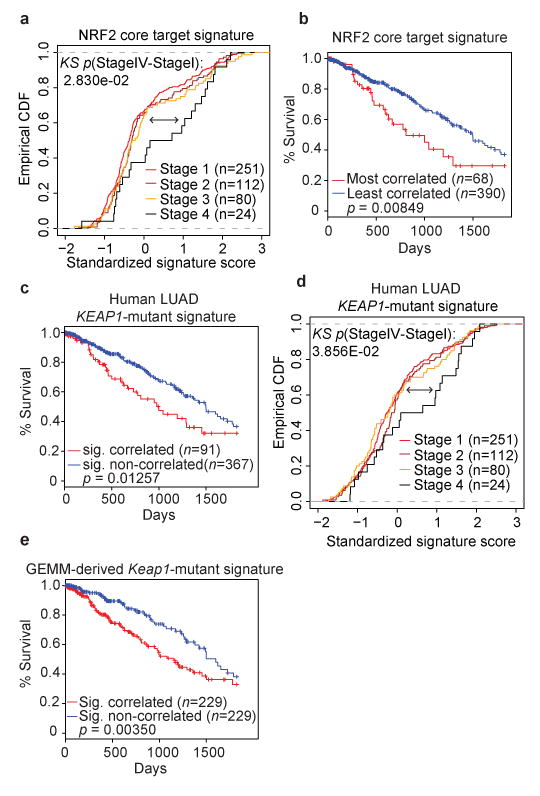Figure 2. A NRF2 target gene signature and a human derived KEAP1-mutant and predict human LUAD patient survival.

a) Empirical cumulative distribution function (CDF) plot showing correlation of individual tumors with the NRF2 core target signature across various clinical stages within the TCGA LUAD cohort. Each curve in the plot represents a unique clinical stage as depicted in the figure legend. Clinical stage IV tumors (n = 24) are highly correlated with the NRF2 core target signature and are significantly different compared to lower stage I tumors (n = 251; p = 0.028; KS = Kolmogorov-Smirnov test). b) Kaplan-Meier (KM) survival curves comparing LUAD TCGA patients stratified by their correlation with the NRF2 core target signature. Patient tumor samples were binned according to their gene expression correlation with the NRF2 signature. The top 15% (n = 68) correlated tumors exhibit significantly decreased survival compared to the rest (n = 390) of the TCGA LUAD cohort (p = 0.008, log-rank test). c) KM survival curves comparing TCGA LUAD patients stratified by their correlation with the KEAP1-mutant signature derived from TCGA patient expression profiles. The top 20% correlated patients (n = 91) exhibit decreased survival compared to the rest (n = 367) of the TCGA LUAD cohort (p = 0.012, log-rank test). d) Empirical cumulative distribution function (CDF) plot showing expression correlation of individual tumors with the KEAP1-mutant signature across various clinical stages within the TCGA LUAD cohort. Each curve represents a unique clinical stage as depicted in the figure legend. Clinical stage IV tumors (n = 24) are highly correlated with the KEAP1-mutant signature and are significantly different compared to stage I tumors (n = 251; p = 0.038, KS=Kolmogorov-Smirnov test). e) KM survival curves comparing TCGA LUAD patients stratified by their correlation with the murine-derived Keap1-mutant signature. The top 50% correlated tumors (n = 229) exhibit significantly decreased survival compared to the rest (n = 229) of the TCGA LUAD cohort (p < 0.003, log-rank test).
